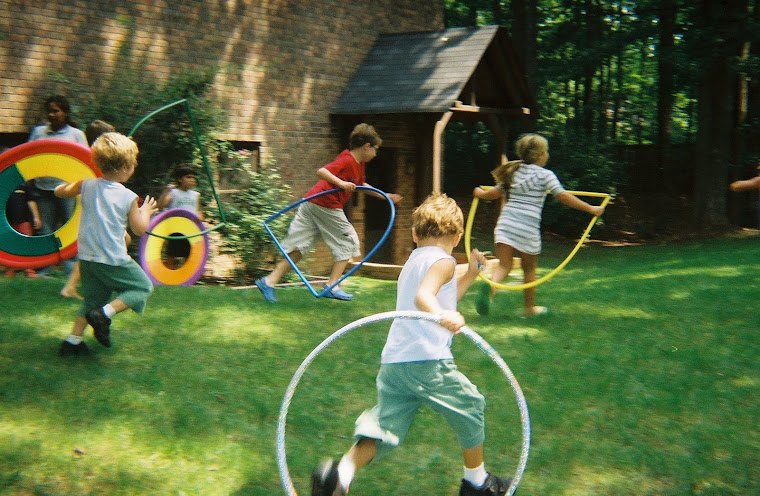It is easy to define health…it is the absence of illness. It is not so easy to define “wellness”. It presents in so many forms: emotional,
physical, neurological, and cognitive, etc.
It means so many things. It is frustration tolerance. It is coping skills. It is endurance and
strength. It is problem solving. It is the ability to learn. It is the ability
to learn from mistakes. It is about
understanding boundaries and creating reasonable boundaries. It is about self-esteem, integrity, ethics
and empathy. It is about relationships.
In short, wellness is about life well lived.
That is true of children and adults. But what about “wellness” that is
unique to children. What does it look like and how do we teach children to seek
it, use it and more important create it in their daily lives?
Children live in the here and now.
“Forever” can be the next ten minutes or a whole day. “Pleasure” is “I
want it now!” Delaying
gratification is an often-tortuous concept for young children. “Tomorrow” is
light years away. Fun and happiness are interchangeable. Children lack the insight that fun is passive
(show up to movies, the park, the party) and happiness is active. Happiness is
achievement; pride in a job well done, the mastering of a new skill (riding a
bike), it is interactive and requires effort.
As parents we take our children to the doctor for yearly check-ups to
check growth and development. But where can you go for wellness? That is more
elusive and far less tangible.
In a society that wants to give our kids “what we didn’t have” we may
inadvertently be robbing them of opportunities to learn how to make their own
happiness. There are as it has been written, “blessings in a skinned
knee”. Being frustrated can teach
problem resolution, being angry about something can teach emotional management,
being overwhelmed can teach organization, losing can teach sportsmanship,
getting an “F” can be a motivator for better study skills. These are all necessary skills for living a
competent responsible healthy life. These are essentials for wellness.
It is fun to go to Disney World, but one cannot live there. No one can live a stress free life. All
things do not always have a “happy ending” but lots of things can have the
“right” ending.
As in baseball (my personal favorite sport), a swing and a miss can
teach better aim, measured timing and get the batter that longed for grand
slam. Not every time at bat, but that
time when everything “connects”—that is happiness and happiness is wellness.
Teaching your child that difficulty is not disaster it is an opportunity
for them to grow and learn. It is a
chance for them to learn how to overcome those issues that are currently
challenging for them. It can teach your
child compassion for others who are also experiencing a “tough time”.
And at the end of the day what is it we really want for our
children? We want them to be “good”
people. We want them to be independent.
We want them to be part of a community of caring. We want them to chart their
own course, follow their dreams and be proud of themselves. We want them to be
successful people. We want them to know and appreciate the value of hard work
well done. We want them to always strive
for happiness and to achieve a life of wellness.
Invariably life, as my overly wise daughter Jenny (at age 7/now 41)
wrote on a bookmarker for me, “Life is not easy”. Who said it should be easy?
However, done right, it can be well lived.
